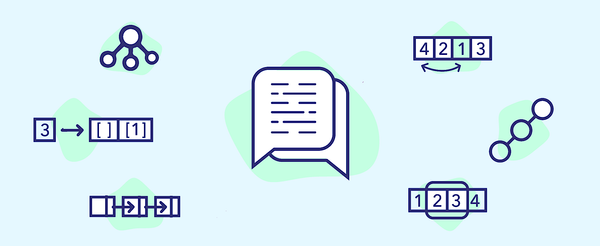 System Design Notes
System Design Notes
 System Design Notes
System Design Notes
A popular set of system design interview questions are related to the design of a URL shortener. It’s important to build your concept on the fundamentals, design constraints, and trade-offs involved in URL shortening service that is real time scalable. Let’s design a URL shortener similar to bit.ly.
The goal of a URL shortener is simple. It is a service, like bit.ly or tinyurl.com, that creates a short URL against the original long URL. When the user hits the short URL, they are redirected to the long URL against the shortened one.
So why would one need to create shorter aliases to use in place of long URLs? URL shortening offers many convincing benefits. Here’s a list that will help you understand the purpose of building a URL shortener in the first place:
You can build the simplest URL shortener that gives a short alias URL in place of a long URL, or a more complex one, with some additional features. If it’s an interview question, it’s always a good idea to ask your interviewer a few more questions until you have a clear idea of what the problem requires.

50% off Udemy courses

Grokking the System Design Interview

Java Multithreading for Senior Engineering Interviews

Grokking the Advanced Design Interview

Grokking the Coding Interview: Patterns for Coding Questions

Grokking Dynamic Programming Patterns for Coding Interviews

Coderust: Hacking the Coding Interview